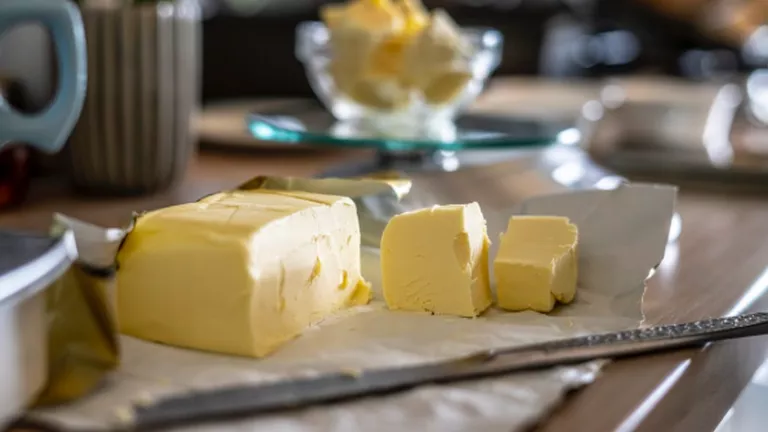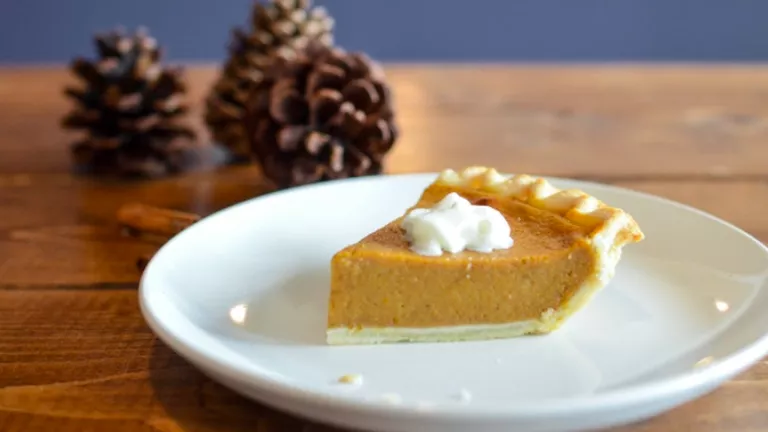
EDIBLES: THANKSGIVING EDITION
Are you looking to add some cannabis to enhance your thanksgiving or Friendsgiving dinner? Keep reading for our best tips and recipes featuring holiday favorites.
CANNABUTTER AND CANNABIS COCONUT OIL

To easily incorporate weed into your thanksgiving recipes is to create a cannabutter or a cannabis coconut oil to cook with. The first step is to break your cannabis flower up into smaller pieces (roughly the size of rice), and then put them in the oven or some sort of decarboxylation device.
If you’re using the oven, you can place the buds on tin foil on top of a baking sheet.
High heat such as 300 degrees Fahrenheit will produce the highest THC content in just minutes, but THC will decrease should the process continue too long. Low heat, such as 250 degrees Fahrenheit, is more forgiving and carries a larger room for error. Fifteen to twenty minutes is a reasonable timeframe.
Once you've activated the THC, you're ready to start making cannabis butter. Butter or another type of oil is necessary to infuse the THC and use it as a food additive. There are some important notes to consider, such as making sure to achieve a cannabis-to-butter ratio in line with your desired potency levels. Additionally, you'll end up with less butter than you started with: the cooking process removes milk solids and causes water content to evaporate. If you need a precise amount of cannabutter for a specific recipe, use extra butter to ensure the right amount.
If you're a vegan or if you prefer the flavor of weed coconut oil to cannabutter, then it's a suitable alternative. Additionally, many recipes for cannabis edibles are improved by using coconut oil instead of butter.
CROCK POT RECIPE FOR CANNABUTTER OR CANNABIS COCONUT OIL
While this is a cannabutter recipe, the process for making coconut canna-oil is exactly the same, right down to the cannabis coconut oil ratio.
Cannabis to butter (or oil) ratio: 1 oz:1 lb
Step 1. Place an appropriate amount of butter and decarbed cannabis into a firmly closed mason jar.
Step 2. Insert into a crock pot filled with water and heated to 185 degrees Fahrenheit.
Step 3. After cooking the cannabutter for four hours, allow the mason jars to cool and remove them.
Step 4. Set up a straining area with a fine-mesh strainer or cheesecloth and remove the plant matter from your cannabutter.
Step 5. Strain your cannabutter and place the jars into the refrigerator.
SUGGESTED RECIPES

When considering which Thanksgiving food to add your cannabutter or cannabis coconut oil to, the easiest choice would be desserts, as they’re filled with butter and sugar — both of which are important for infusion and flavor.
THC fuses very easily with fat, which is abundant in cooking oils and butter. And because cannabis’s earthy flavors aren’t always appreciated by taste buds, cooks generally turn to sweets to cover them up. Even though pumpkin pie, cakes, and cookies are all easy options, savory dishes work, too. Just think of all the butter and fats used tomake mashed potatoes,stuffing, green bean casserole, mac and cheese, and candied yams.
FINAL THOUGHTS
It’s time to get creative with cannabis-infused recipes for your Thanksgiving favorites. Edible marijuana products are a new experience for many people, and you should take care to make sure it's a good experience. The most important thing to remember is that edibles can take time to kick in, so you should take your time. If you do overdo it, you can safely sleep it off and feel alright in the morning.
That said, start low and go slow. The less cannabis you consume regularly, the less you should start with when making marijuana edibles.
For the best cannabis strains that will accentuate your state of mind, take a look at our Lifestyle Spectrum and menu. Stop by a top-rated dispensary near you to meet with a cannabis guide that will help you find the perfect product (and the right measurement) to accompany your desired journey.